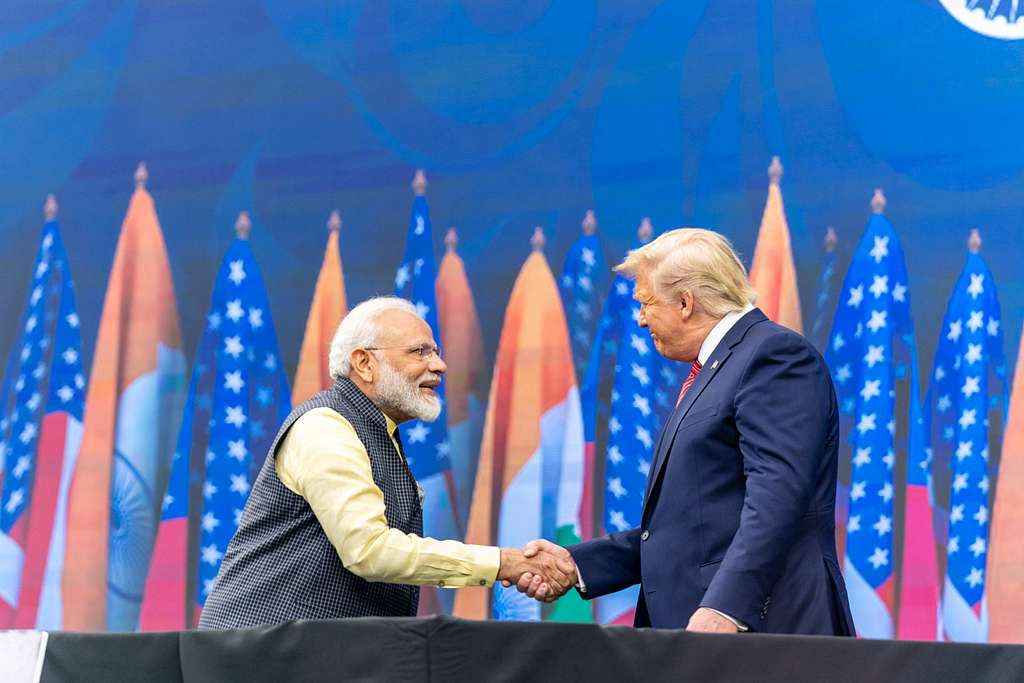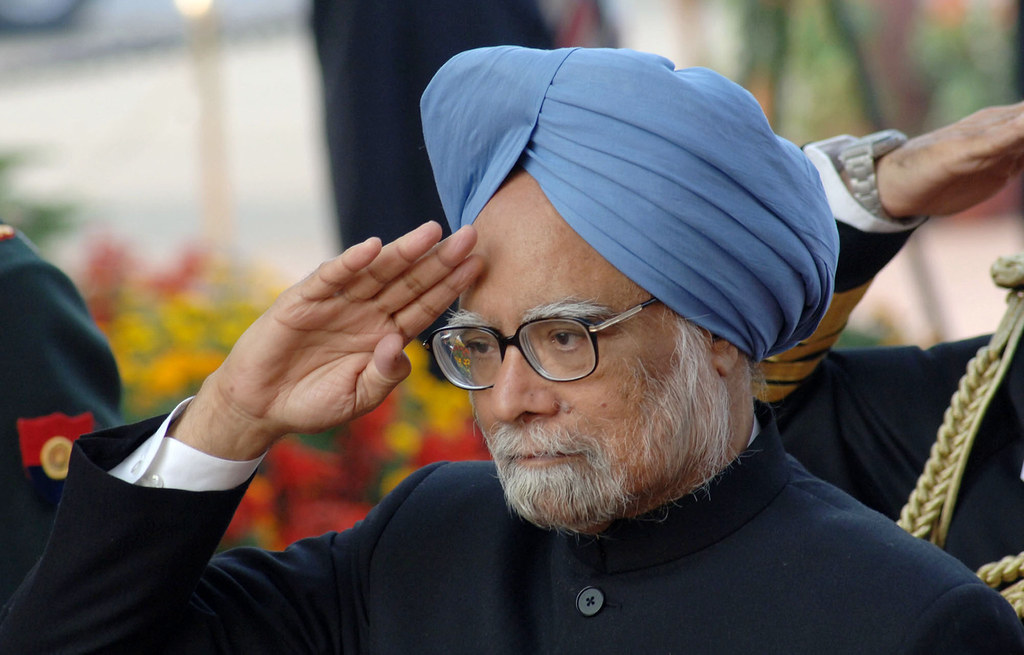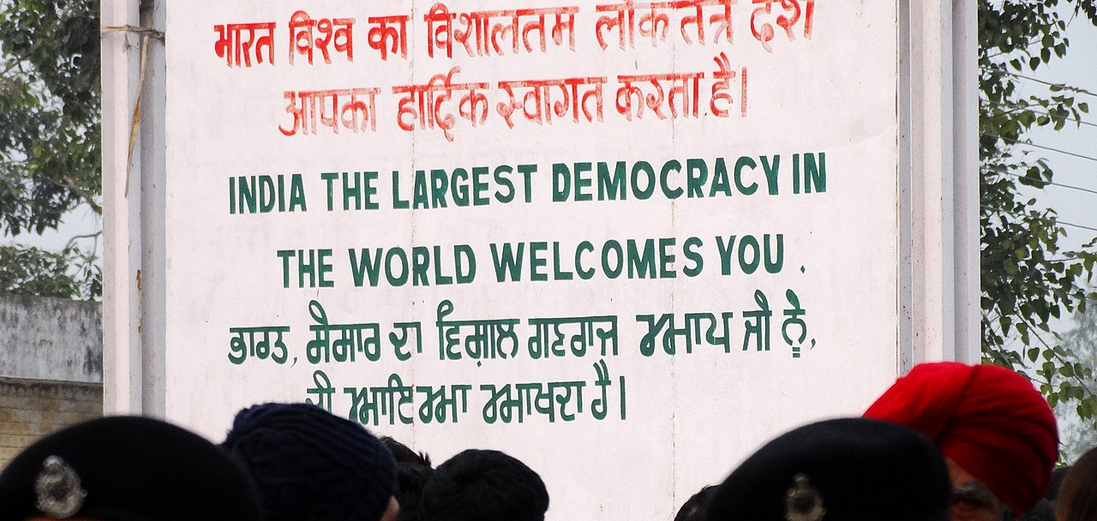
The news that the T 20 World Cup winning team would be paid a prize money of Rs 125 crores by the Board of Control for Cricket in India (BCCI) is yet another reminder of just how much the sport has changed. In the 1950s and 60s, Indian test players were paid Rs 250 a game. On one occasion when India defeated New Zealand in three days, the players were surprised to get only Rs 150. The board had cut Rs 100 because the players were treated as daily wage labourers: the lesser amount was because they had unfortunately finished the five day test two days earlier!
In 1971, when India defeated England and West Indies overseas for the first time, the players were greeted by even larger crowds than the frenzied fans who cheered Rohit Sharma’s men in blue. Again, there were virtually no financial benefits: some players recall being given suit pieces gifted by a textile company! In 1983, when India’s big breakthrough moment saw Kapil Dev’s team win the World Cup for the first time by astonishingly defeating the mighty West Indian side, the players were paid Rs 20,000 each for winning the tournament. The legendary Lata Mangeshkar then organized a music concert, proceeds from which went to the players. The princely sum of Rs one lakh each. Even allowing for inflation indexing, it is nothing close to the multi-crore pay-outs that the players and even the support staff will get this time.
The monetary bonanza is easily the biggest transformation in Indian cricket then and now. Its not just the international players who have multi-crore contracts and numerous other benefits, even the domestic players now earn a decent living through the sport. For Ranji Trophy for example, the BCCI currently pays between Rs 40,000 and Rs 60,000 per day as match fee. A player who plays the entire domestic season could earn approximately Rs 30 to 40 lakhs. Contrast that with Ranji trophy players in the 1960s: they were paid Rs 10 per game. For the players of that generation, a 9 to 5 secure job in a public sector bank like State Bank of India or a benevolent private company like Tatas was a lifeline.
There are three defining moments which brought in this millionaire raj in Indian cricket. Doubtlessly, the first was the 1983 win, a victory so unexpected that it dared an entire generation to dream big. Just four years later, the World Cup was taken out of England and played in India for the first time. The second turning point was in the early 1990s when economic liberalization and the consumer boom coincided with an ‘open sky’ policy that ushered in the satellite television revolution. It emabled players to exploit their core brand value: Sachin Tendulkar in particular became the advertising mascot for a variety of products on tv.
The third, and most crucial game-changer, came when the Indian Premier League (IPL) took the world by storm in 2008. Suddenly, cricket was not just an Indian obsession but Indian cricket was now a global sport. Almost all the IPL teams have billion dollar valuations and the IPL itself has now become the world’s second richest sports league, next only to the United States’ National Football League in terms of per match value. Sitting in self-exile, the original IPL visionary, Lalit Modi must wonder just what humongous force he has unleashed.
All of which is good. Sport is hugely aspirational and meritocratic, fulfilling the dreams of a billion-plus Indians. Reassuringly, cricket’s exponential growth is gradually having a multiplier effect across all sport: our 2024 Paris Olympians will be better paid and trained than any of their predecessors. From badminton champions to the incredible javelin hero Neeraj Chopra, Indian sportspersons are now competing with the best in the world. Unfortunately, not all sports federations are professionally run, a malady that prevents Indian Olympic sport from achieving even greater glory.
Which brings us to the BCCI, the richest sporting body in the country by some distance but also arguably still the most opaque. There is much the Jay Shah-led BCCI can be proud of, not least the manner in which it has supported women’s cricket in the last few years. The equal pay for women cricketers and the setting up of a womens premier league are historic moves which need to be applauded: breaking the gender barrier was a crucial step towards making the sport more inclusive.
And yet, despite its many laudable initiatives, the BCCI remains a tightly-controlled body managed by a coterie of politically well-networked officials with little accountability and a disproportionate influence over the global game. With superpower status – and Indian cricket is truly a behemoth – must come greater responsibility. The BCCI are custodians of Indian cricket, they are not its owners. A cricket board is not an IPL-like commercial franchise where players are bought in an auction and then paraded around like prized staff members. The BCCI is expected to promote the finer traditions of the sport, one of which is a distinct separation of roles between players and administrators. Those finely demarcated lines were broken when board officials wearing ‘India Champion’ T-shirts joined the Cup-winning players on an open top bus, waving away like celebrities to the crowds, being even photographed lifting the trophy. It was a cringe-worthy moment, one which should have been avoided.
In a few months from now, Shah is likely to become the next International Cricket Conference president, another big step up for a 35 year old whose rise as the big boss of cricket has been truly meteoric. His critics will still see Shah, son of home minister Amit Shah, as a prime example of a ‘nepo baby’ but his report card does have many plus marks. What he now needs to realise – as do other board officials – is that beyond the manic urge to win trophies is the need to respect a cricket culture where administrators remain guardians of the sport, not its presiding monarchs.
Post-script: This fortnight, Wimbledon has shown us yet again why it is a unique sporting event. In the royal box, the special invitees were all legends from different sports, including our very own Bharat Ratna, Sachin Tendulkar. No officials or fat-cat corporates were holding centre-stage. At an Indian cricket match, it is often just the opposite.




































































































































































